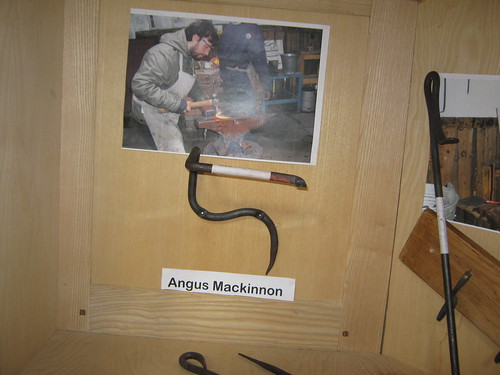Why Open Education Matters from
Blink Tower on
Vimeo.
I have just completed the first iteration of a new module
LN306 Developing Language Teaching. The course has attracted a good cohort of students including a number of Erasmus students from Germany Italy and France and I have constantly been impressed with their instincts for what makes good teaching. The central objective of the course is to look at how as teachers we can create interventions to address a specific learner need and includes critical analysis of learning design and pedagogies. In passing during the course I have shared some of Open Educational Resources (OER) and tools for creation. In our final session this week I asked my students to critically evaluate the winning video from the
Why Open Education matters campaign above and again the level of understanding proved a useful bridge to a constructive dialogue.
The video paints a rosy picture of how OER can improve the world, but said one of the students:
- how do you know what "good OER" look like? After all, text books have a kudos and an authority as they are endorsed by your tutor. Who can you trust?
This has frequently been a criticism levelled at the OER movement: too idealistic, all fluffy clouds and rainbows. I explained my position.
I am very much in favour of what has been
called by Martin Weller "Little OER", resources created by individuals to fit their context and subsequently shared under Creative Commons licences so that others can remix, re-use and re-purpose. The main benefit of this sort of creative activity I posit is as a means for contributing to your professional community. I admitted that I have created and shared slides which have carried the odd typo (as indeed do many text books I have used) but the benefits of this "open educational practice" (OEP) outweigh the disadvantages of the escalating costs for students of course materials.
Surely the ability to critically evaluate all materials should not be sacrificed in favour of a blind acceptance that material on the reading list is automatically more trustworthy? Surely a student would be happy to know that his/her tutor is actively engaged in their professional community and able to adapt and create resources which best meet their local context? The students agreed (or seemed to at least) and I look forward to seeing their learning designs as part of their e-portfolio assessment in April. I am happy they have plenty to think about.
The truth of course is that this learning design challenge matters more than ever to their generation and those who follow. The expertise of teachers is constantly undermined by politicians and the very existence of
teaching jobs under threat thanks to "austerity". I am
far from alone in seeing the potential of the open internet to inspire and support my profession.
The creative opportunities for learning design offered in the digital domain are endless:
A set of resources to get you started in curating your open textbook
It takes courage and commitment to engage in open educational practice there are few rainbows unicorns or fluffy clouds.
This post describes the situation beautifully. Going open is a sign of strength worthy of Camus' approval as in L'Homme Révolté:
« La vraie générosité envers l'avenir consiste à tout donner au présent. »







